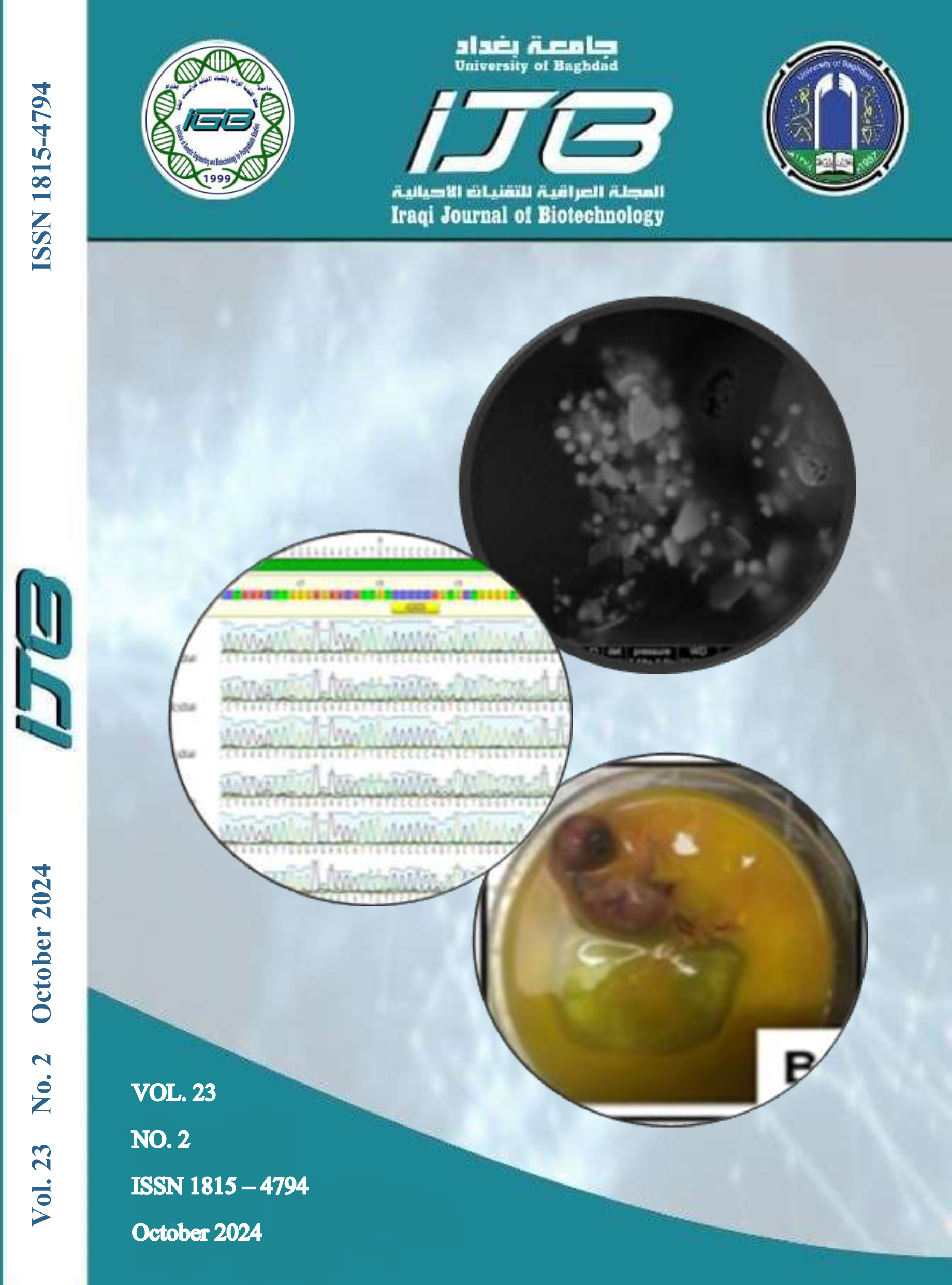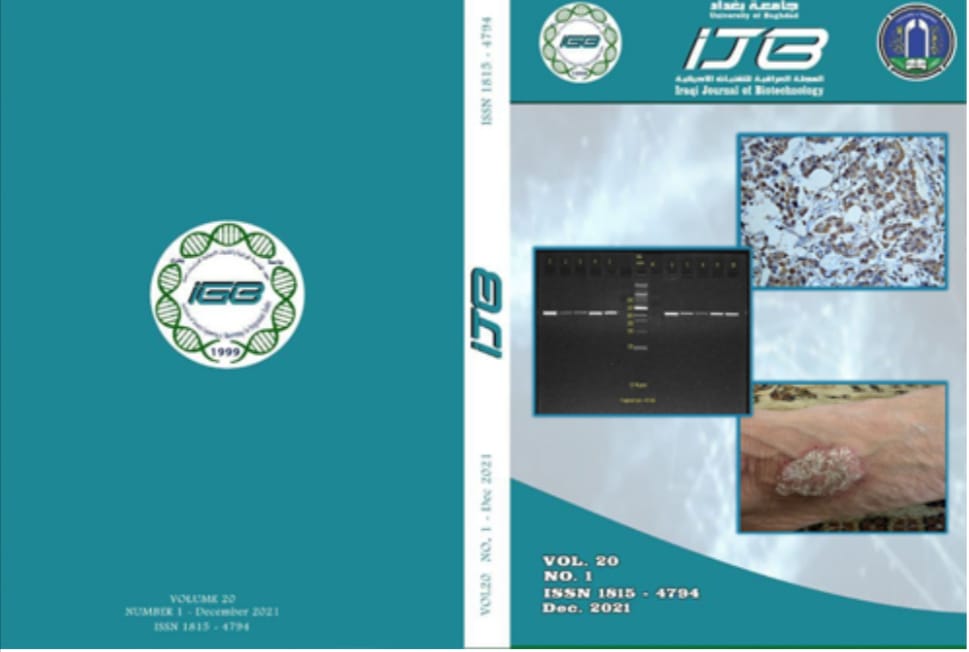Linezolid Resistance and Biofilm Formation in Invasive and Commensalism Staphylococcus Epidermidis
Abstract
Staphylococcus epidermidis is a fundamental reason of catheter-related infections septicemia condition in immunocompromised individuals. To determine if skin-related S. epidermidis isolates are distinct from those that cause septicemic illnesses. This study aim to comparative the ability of bacterial to produce biofilm and linezolid resistance genes S. epidermidis. Methods 150 specimens were isolated from Urine, wound and blood from different hospitals and 150 specimens from urine and fingerprintf healthy individual in Baghdad city from July 2021 to January 2022. The bacterial isolates were recognized with biochemical test and vitek 2 system. for their potential role in biofilms formed the polystyrene micro-titer plate (MTP) estimate using to measure the capacity to biofilm producer. However, the MTP method capably to categorized the bacterial isolates to strong, moderate, weak, and non-biofilm producers. The biofilm genes (icaA and icaD) and Linezolid resistance gene cfr were detection by PCR method. The results of this study showed 30 (10%) Staphylococcal epidermidis strains were isolated and identified from 300 samples. The MTP method was classified the isolates to 11/30(36.6%) strong, 6/30(20%) moderate and13/30 (43.3%) weak biofilm formation. The PCR results revealed that 11/15(73.3%) and 7/15(28.5%) from healthy and clinical Staphylococcus epidermidis isolates respectively were complete icaABCD Operon, 4/11(36.3%) and 2/7(14%) were cfr gene positive. While 3/15 (20%) and 8/15(53.3%) were defect icaADBC operon, which contain 3/8 (37.5%) cfr gene positive and no one from healthy samples. Finally, 1/15 (6.6%) lacking to icaABCD operon and cfr positive strains. It was concluded, icaA, icaD and cfr genes have a significant role in staphylococcal infections caused as a virulence marker.


